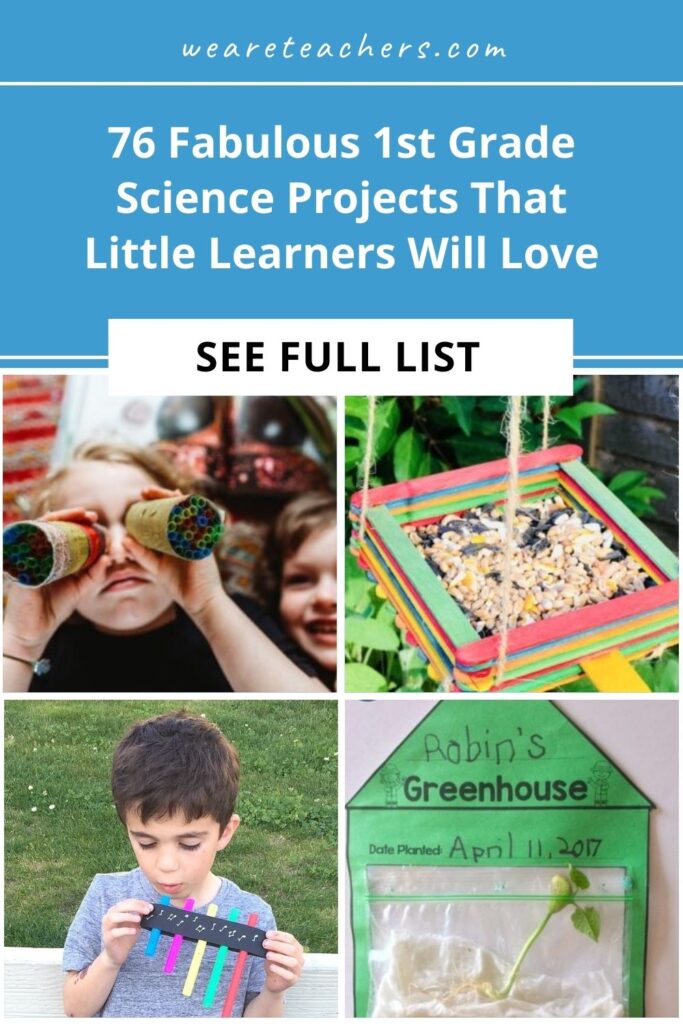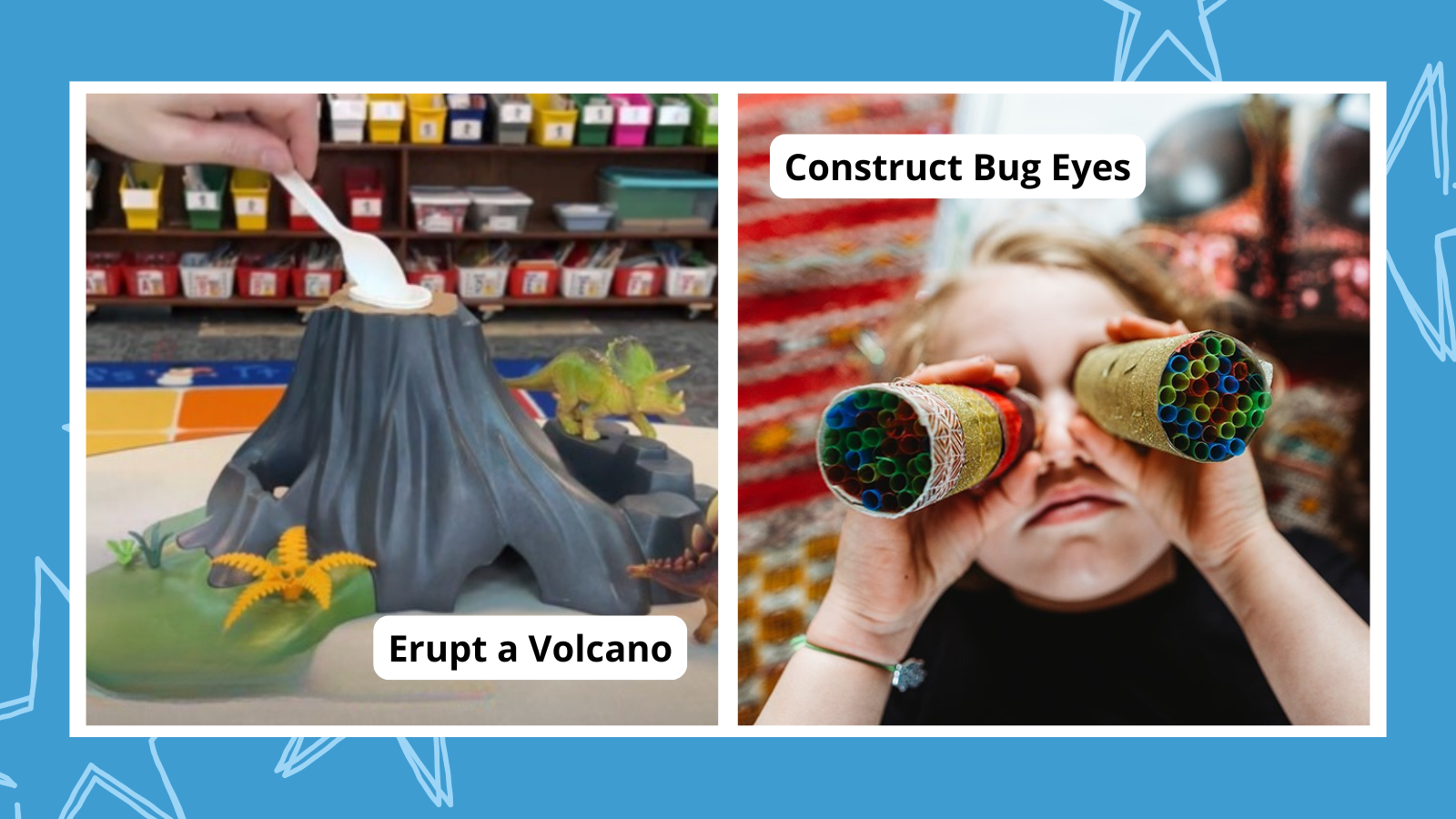First graders will cheer when you announce that they’ll get to do a real, hands-on science experiment. These 1st grade science projects are easy for kids to do, with concepts that will help build their science knowledge for the future.
To make it even easier to find the best science projects for 1st graders, we’ve given each a rating based on difficulty and the materials you’ll need:
Difficulty:
- Easy: Low or no-prep experiments you can do pretty much anytime
- Medium: These take a little more setup or a longer time to complete
- Advanced: Experiments like these take a fairly big commitment of time and/or effort
Materials:
- Basic: Simple items you probably already have around the house
- Medium: Items that you might not already have but are easy to get your hands on
- Advanced: These require specialized or more expensive supplies to complete
Jump to:
- Animal Science Projects for 1st Grade
- Nature and Earth Science Activities for 1st Grade
- Food Science Experiments for 1st Grade
- Weather Science Experiments for 1st Grade
- More 1st Grade Science Experiments and Projects
Also, be sure to grab your free printable science experiment recording sheet to use with any of the experiments below.
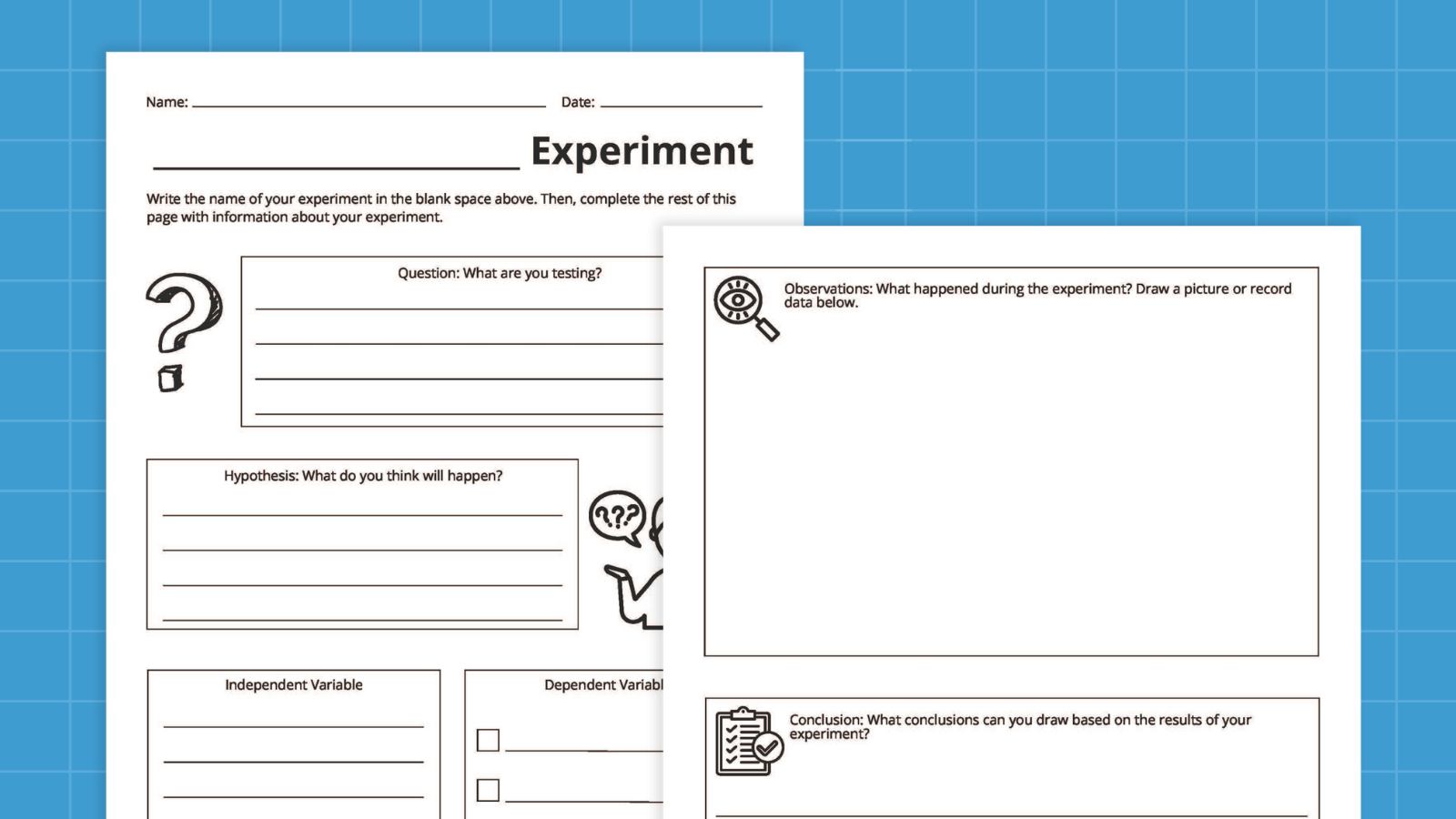
Animal Science Projects for 1st Grade
Learn about animals, plants, and the Earth in general with these fun science activities for first graders.
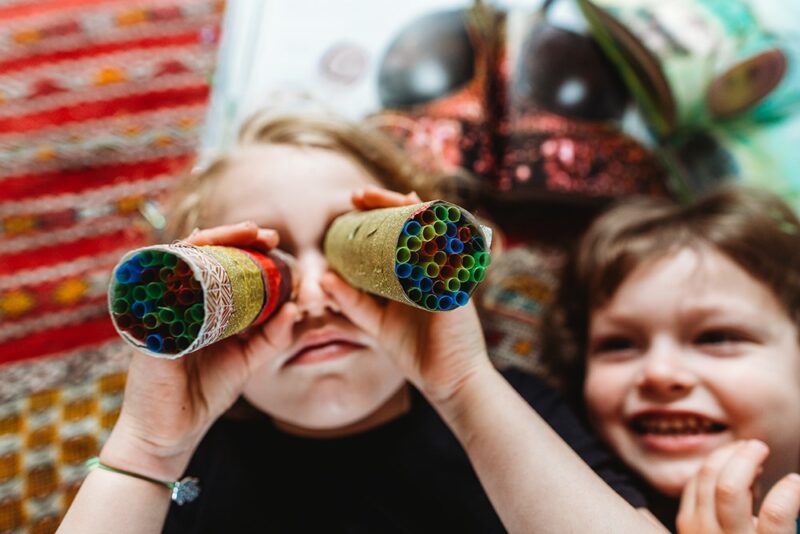
1. Learn about how insects see
Difficulty: Easy / Materials: Basic
Unlike humans, insects have compound eyes. Try this fun activity creating “insect goggles” to experience insect vision for yourself.
Learn more: Compound Eyes
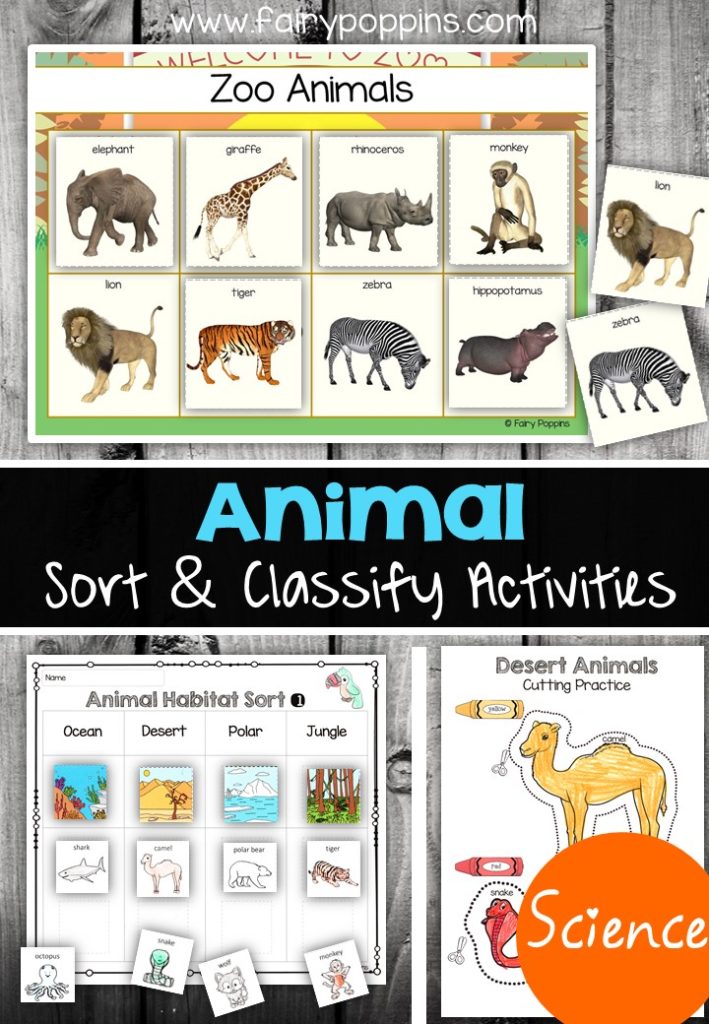
2. Sort animals by features
Difficulty: Easy / Materials: Basic
Use a printable or pull out the toy animals and have kids sort them into categories. It’s an early introduction to classification systems.
Learn more: Animal Sort and Classify
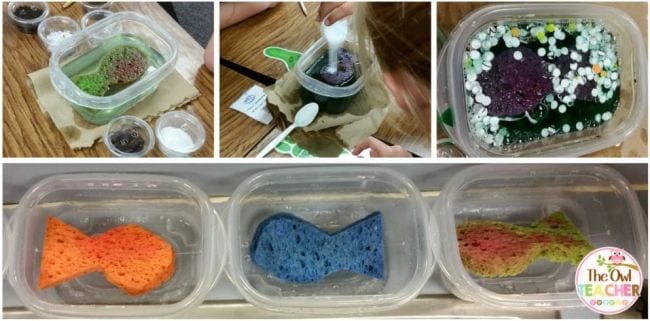
3. Expose a sponge fish to pollution
Difficulty: Easy / Materials: Medium
It’s never too early to start learning about how important it is to protect the Earth. Use sponge “fish” to see how polluted water affects the wildlife living in it.
Learn more: Pollution Experiment

4. Build a Popsicle stick bird feeder
Difficulty: Easy / Materials: Medium
Set young engineers loose with wood craft sticks, glue, and string to create a bird feeder. Then research the best seeds to fill them with, and hang them outside your classroom window to draw in some feathered friends.
Learn more: DIY Bird Feeder
5. Observe the birds at your feeder
Difficulty: Easy / Materials: Medium
Once your bird feeder is in place, teach kids to identify common birds and keep track of their visits. Report their findings to one of Cornell Lab of Ornithology’s Citizen Science projects to let kids be part of real-life research. Find more bird-watching activities for kids here.

6. Use colorful beads to learn about animal camouflage
Difficulty: Easy / Materials: Medium
Animal camouflage is an important way for prey to protect themselves from predators. To learn how effective camouflage can be, place matching colored beads on top of a photo of wildflowers and see how long it takes students to find them all.
Learn more: Camouflage Beads
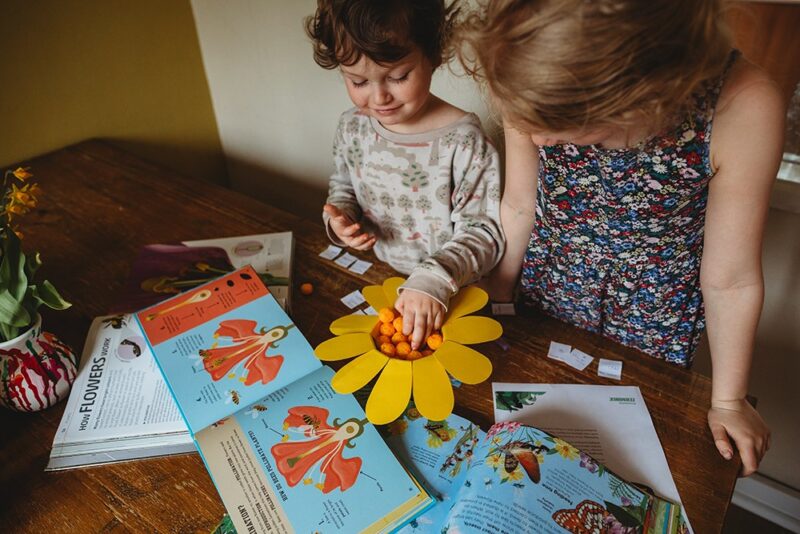
7. Learn how pollination works
Difficulty: Easy / Materials: Basic
Understand how flying insects flit from flower to flower to get nutrients with this fun activity. (And maybe sneak in a snack as well!)
Learn more: How Pollination Works
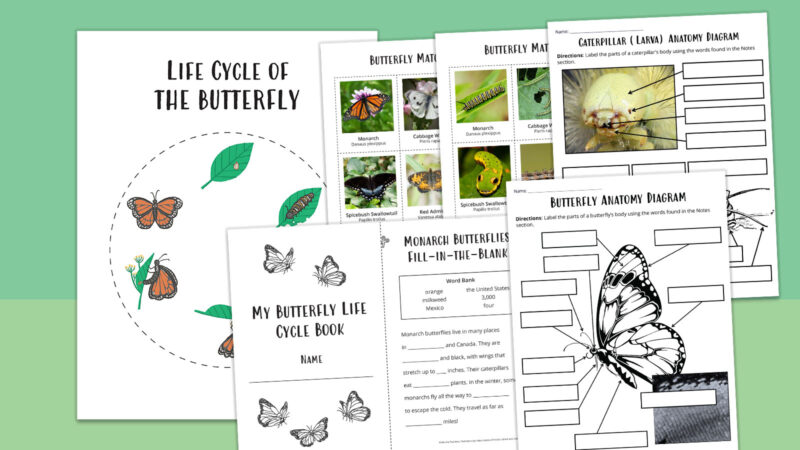
8. Learn about the butterfly life cycle
Difficulty: Medium / Materials: Basic
Butterflies are endlessly fascinating for children of all ages! With this bundle of free printables and activities, your students can become junior butterfly scientists.
Learn more: Butterfly Life Cycle Bundle
Nature and Earth Science Activities for 1st Grade

9. Build the layers of Earth with play dough
Difficulty: Easy / Materials: Basic
Another creative use for play dough! Teach your students about the different layers of Earth and then have them create the layers using different colors of play dough.
Learn more: Layers of the Earth

10. Make a solar system model out of fruit
Difficulty: Easy / Materials: Basic
Talk with your students about the planets in our solar system. Then, using slices of fruit, guide them in making a model of the location of the planets. (Love Saturn!)
Learn more: Fruity Solar System
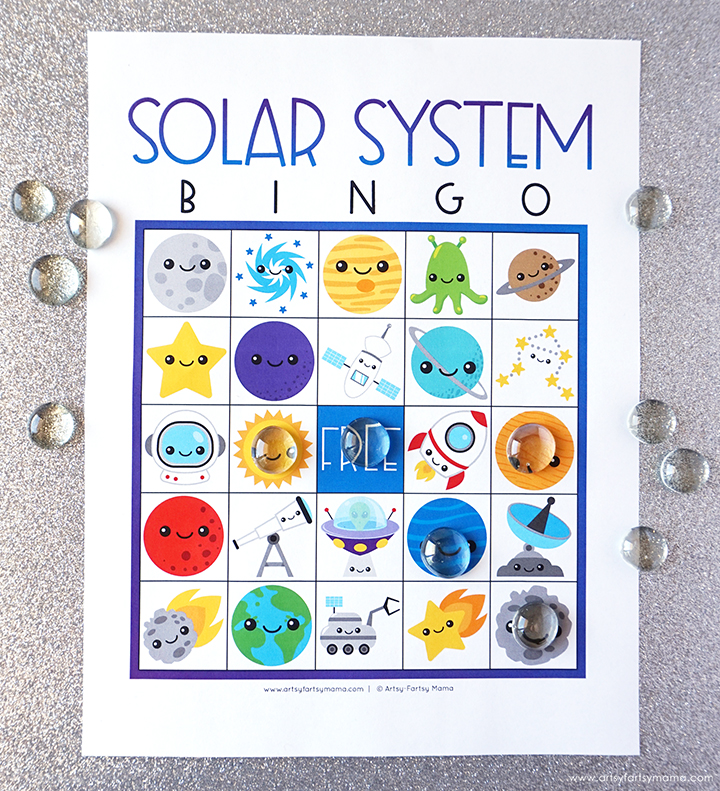
11. Play solar system bingo
Difficulty: Easy / Materials: Basic
Print the free bingo cards, then gather some glass gems or buttons to use to cover the spaces. This game would make for the perfect reward for good behavior since it is so fun!
Get printable: Solar System Bingo
12. Make a sundial
Difficulty: Medium / Materials: Basic
Harness the power of the sun to tell time with this simple activity.
Learn more: DIY Sundial at All Science Fair Projects
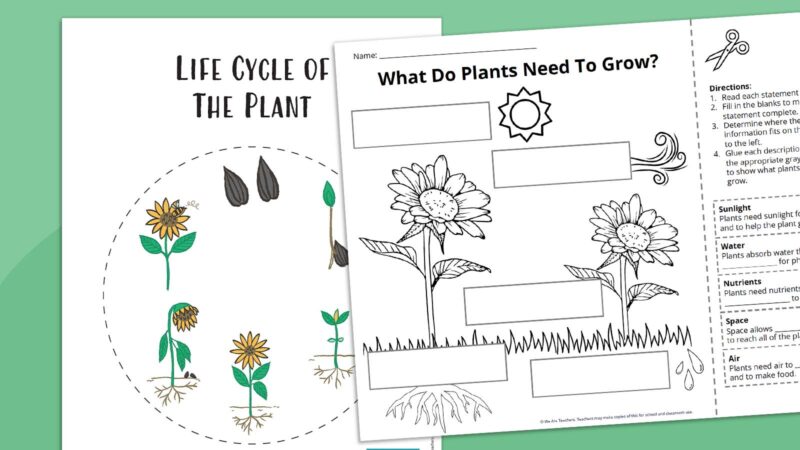
13. Learn about plant life cycles
Difficulty: Medium/ Materials: Basic
Set the stage for 1st graders to learn all about plants with these foundational learning worksheets.
Learn more: Plant Life Cycle Resources

14. Turn a plastic bag into a greenhouse
Difficulty: Easy / Materials: Medium
Turn your 1st grade science class into gardeners! Use a damp paper towel in a plastic bag to allow them to see a seed sprouting and growing roots.
Learn more: Greenhouse Bag

15. See how shadows change throughout the day
Difficulty: Easy / Materials: Basic
Start in the morning: Have kids stand in one spot on the playground while a partner traces their shadow with sidewalk chalk. Ask them what they think will happen when they stand in the same spot during the afternoon, then head back outside after lunch to find out.
Learn more: Shadow Experiment

16. Discover how plants drink water
Difficulty: Easy / Materials: Medium
Capillary action is the name of the game, and your 1st grade science kiddos will be amazed at the results. Place celery stalks in cups of colored water, and watch as the leaves change color!
Learn more: How Plants Drink Science Experiment
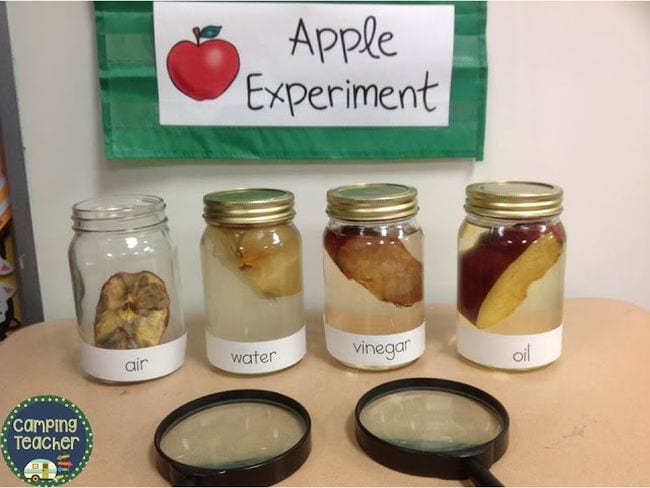
17. Experiment with apples and oxidation
Difficulty: Easy / Materials: Basic
Apples turn brown when they’re cut open due to oxidation. Is there any way to prevent that from happening? This experiment aims to find out. Explore more apple activities here.
Learn more: Apples Experiment
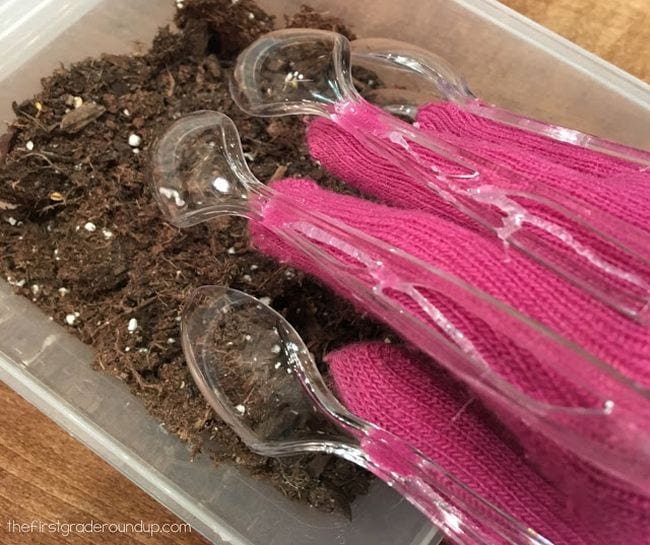
18. Dig in the dirt with claws
Difficulty: Easy / Materials: Medium
Animal adaptations allow creatures to live in just about every environment on Earth. Learn how claws help some animals survive and thrive by gluing plastic spoons to a glove.
Learn more: Claw Glove
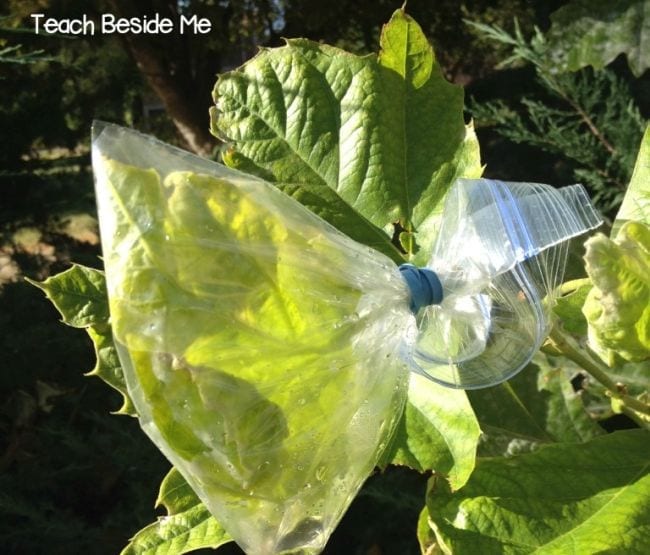
19. Observe plant transpiration
Difficulty: Easy / Materials: Basic
Many plants take in more water than they need. What happens to the rest? Wrap a plastic bag around a living tree branch to see transpiration in action.
Learn more: Leaf Transpiration Experiment
20. Discover whether seeds germinate best in light or dark
Difficulty: Easy / Materials: Basic
There are many conditions that help a seed grow into a plant. See if light is one of the factors with this fun experiment.
Learn more: Light and Dark on Seed Germination at All Science Fair Projects
Food Science Experiments for 1st Grade
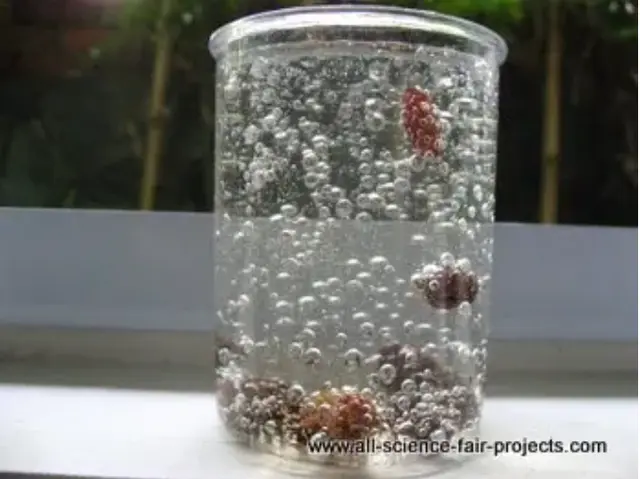
21. Make raisins swim
Difficulty: Easy / Materials: Basic
Put together this “magic potion” and watch the bubbles cause the raisins to do a little dance.
Learn more: Swimming Raisins
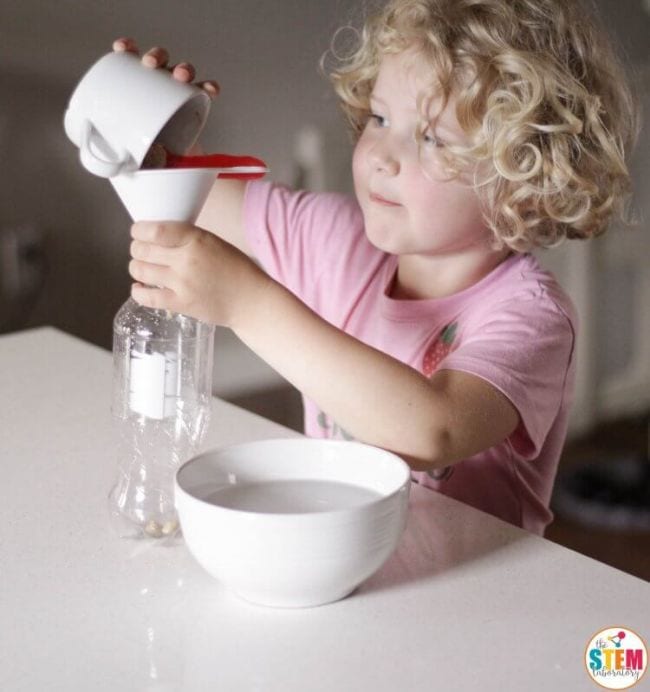
22. Blow up a balloon using yeast
Difficulty: Easy / Materials: Medium
This is similar to the classic lemon juice and baking soda experiment many kids do at some point. But this one is better for younger kids since you don’t have to worry about them splashing the juice in their eyes. Kids will be just as astonished at the results as the yeast eats the sugar and produces carbon dioxide gas.
Learn more: Yeast Balloon Experiment
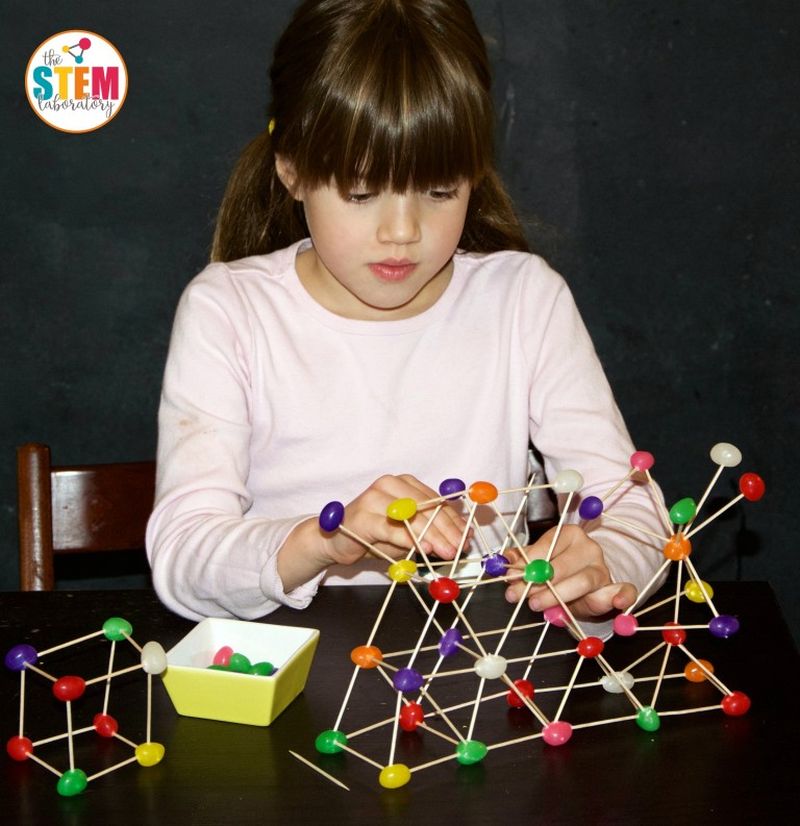
23. Build a jelly bean structure
Difficulty: Easy / Materials: Basic
If you’re doing this STEM project in the spring, jelly beans make the perfect base. If you can’t get a hold of jelly beans, try substituting tiny marshmallows in their place. Make sure to have some extras on hand since little hands are likely to snack as they build.
Learn more: STEM Jellybean Structures

24. Give gummy bears a bath
Difficulty: Easy / Materials: Basic
Drop gummy bears into different liquid solutions to see how they change (or don’t) over time. Kids will learn about osmosis, as well as how scientists must be good observers.
Learn more: Gummy Bear Experiment
25. Baking soda volcano
Difficulty: Medium / Materials: Basic
This activity is a classic for a reason! And the first time students experience their very own volcano is magical. Watch the video and follow along with the free observation sheet provided at the link.
Learn more: How To Make a Baking Soda Volcano
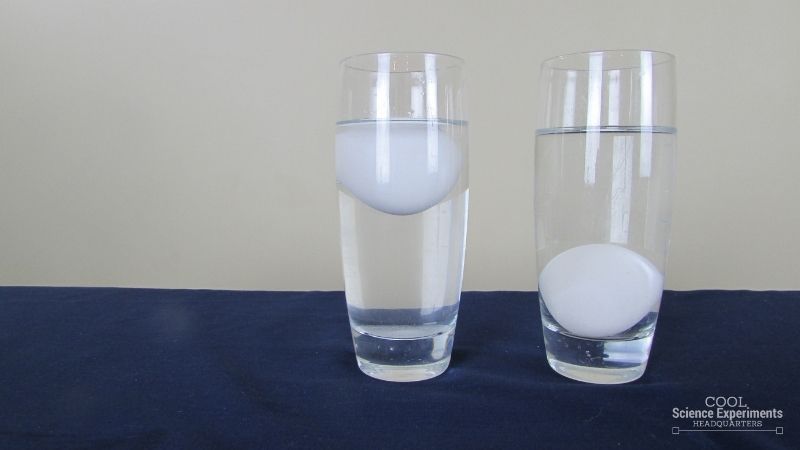
26. Float an egg in salt water
Difficulty: Easy / Materials: Basic
Test the laws of density (with a little help from a pinch of salt) and discover just how easy it is to make an egg float.
Learn more: Floating Egg Experiment

27. Make Oobleck
Difficulty: Easy / Materials: Basic
Named after a Dr. Seuss book, this mysterious slimy substance is simple to put together and always a huge hit with kids!
Learn more: How To Make Oobleck
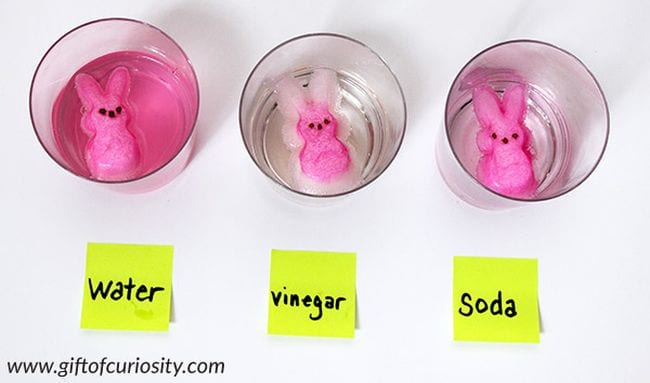
28. Experiment with marshmallow Peeps
Difficulty: Easy / Materials: Basic
Peeps used to just be an Easter treat, but these days you can find them in different shapes throughout much of the year. Use them to practice making predictions and recording observations with this sweet experiment.
Learn more: Easter Peeps Science Experiment
29. Make “magic” milk
Difficulty: Easy / Materials: Basic
Learn about surface tension by dropping food coloring onto different types of milk (whole, skim, cream, etc.). Then use dish soap to break down the fats and surface tension, and watch the colors dance!
Learn more: Magic Milk Experiment (With Free Printable Student Recording Sheet and Video)
30. Craft a DIY lava lamp
Difficulty: Easy / Materials: Basic
Your firsties are too young to remember the lava lamp craze, but this science project will give them a taste of it as they learn about liquid density. All you need is ordinary kitchen staples like oil and salt.
Learn more: Salt Volcano Lava Lamp at What Do We Do All Day?
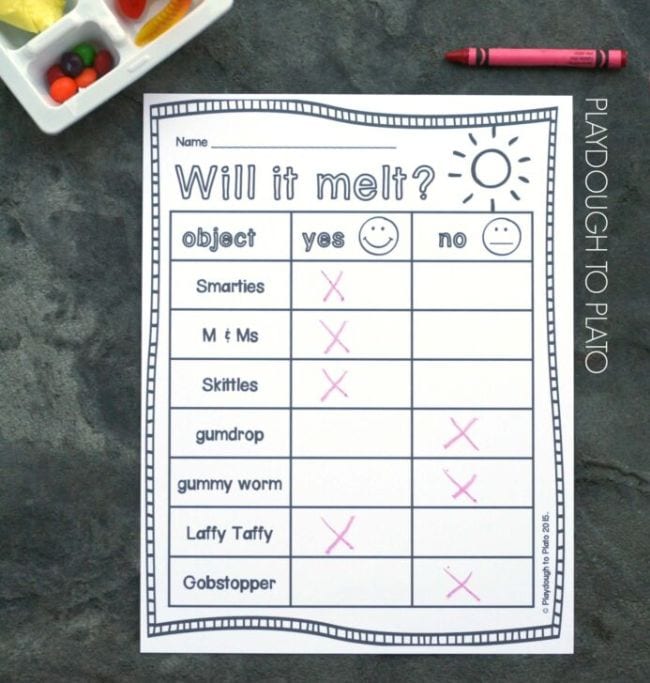
31. Use candy to learn the scientific method
Difficulty: Easy / Materials: Medium
See the scientific method in action as kids hypothesize what will happen to various types of candy in the hot sun. Observe, record, and analyze your results to see if their predictions were correct.
Learn more: Candy Scientific Method Activity
32. Conduct a dancing popcorn experiment
Difficulty: Easy / Materials: Medium
This fun experiment is sure to delight any kid (or adult)! In the dancing popcorn experiment, kids learn about simple chemical reactions using only a few ingredients found in most pantries.
Learn more: Dancing Popcorn Activity
33. Mentos and Coke Experiment
Difficulty: Easy / Materials: Medium
The several-foot-high geyser that shoots from the soda bottle is a fun and awe-inspiring hands-on activity that any scientist in the making can perform. Be forewarned though: You’ll probably want to perform this experiment outside.
Learn more: Mentos and Coke Experiment
34. Conduct the Egg and Vinegar Experiment
Difficulty: Easy / Materials: Medium
The Egg and Vinegar Experiment, also known as the “Naked Egg Experiment,” demonstrates osmosis. Placing an egg in vinegar triggers a reaction between the eggshell’s calcium carbonate and the vinegar’s acetic acid, producing carbon dioxide bubbles. As the acetic acid dissolves the eggshell over time, the semi-permeable membrane remains, permitting water molecules to enter via osmosis. This influx causes the egg to swell.
Learn more: Egg and Vinegar Experiment
Weather Science Experiments for 1st Grade
Try these science activities to explore wind, rain, and more with your firsties.
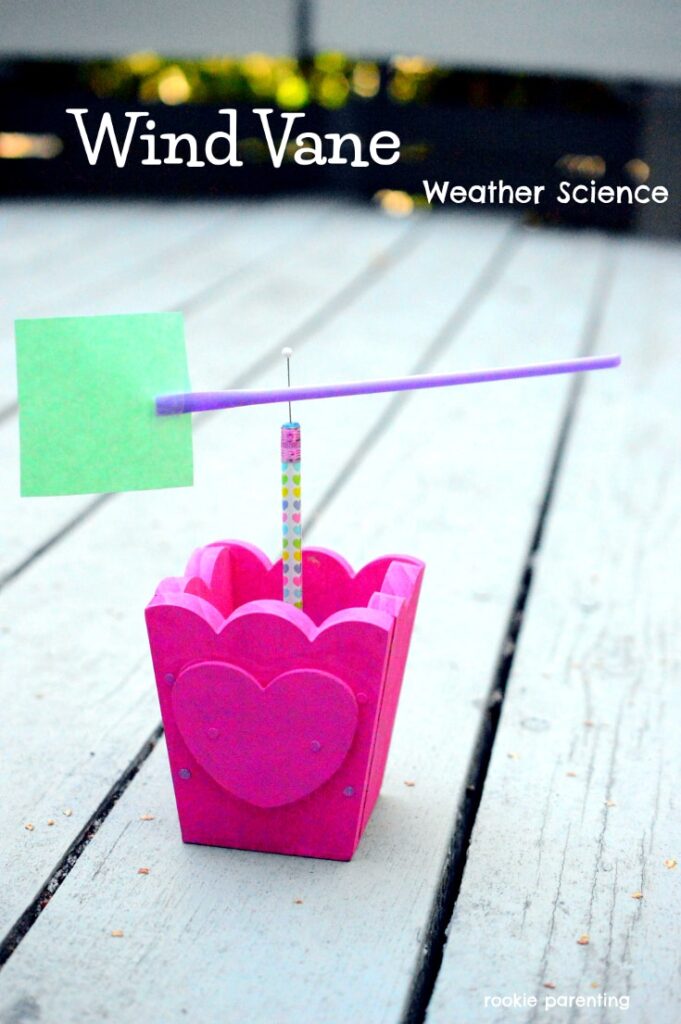
35. Create a weather vane
Difficulty: Easy / Materials: Medium
A weather vane is one of the oldest scientific tools—they help people know which way the wind is blowing. Learn how to make your own with this cool weather experiment.
Learn more: Weathervane Experiment
36. Make it rain
Difficulty: Easy / Materials: Basic
You need rain to make a rainbow. Simulate a rain cloud in a jar with shaving cream and food coloring, and see how the coloring saturates the “cloud” until it simply must fall.

37. Grow a rainbow
Difficulty: Easy / Materials: Basic
Kids learn the colors of the rainbow along with chromatography as they watch marker streaks climb up and meet across a wet paper towel. The word might be a big one for little kids to learn, but they’ll love to see it in action!
Learn more: Grow a Rainbow

38. Create frost in a can
Difficulty: Easy / Materials: Basic
This is an especially fun experiment during those chilly winter months. First, fill the can with ice and halfway with water. Then have the kids sprinkle salt in the can and cover the top. Finally, shake it and wait about three minutes for the frost to begin to appear.
Learn more: Frost in a Can

39. Grow a crystal garden
Difficulty: Easy / Materials: Medium
First grade science students might not grasp the concept of supersaturated solutions, but they’ll still love a good crystal project! Grab some magnifying glasses and let them examine the salt crystals up close (try not to touch, as they’re very fragile) to see the cool geometric structures.
Learn more: How To Grow Salt Crystals Overnight
40. Learn about snow
Check out these free printables, slides, and videos all about the wonder of snow!
Learn more: Snow Science
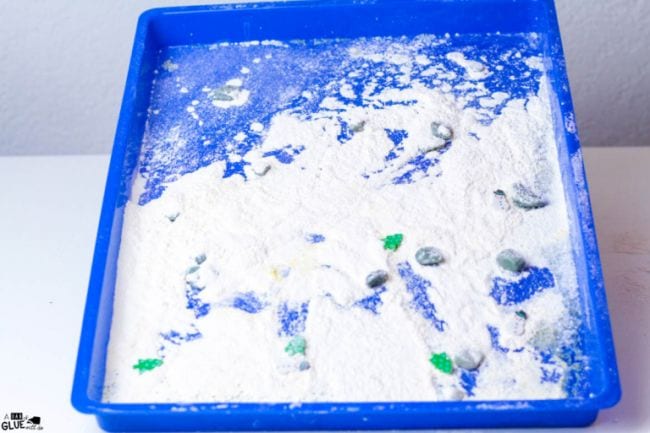
41. Create an avalanche
Difficulty: Easy / Materials: Medium
Learn about the destructive power of an avalanche in a safe way with this experiment. All you need is flour, cornmeal, pebbles, and a plastic tray.
Learn more: Avalanche Experiment
More 1st Grade Science Projects and Experiments
Looking for more? Try these experiments on a range of subjects to teach 1st graders all about science.
42. Learn how to make elephant toothpaste
While no actual toothpaste is produced, this experiment is an exciting and hands-on way to bring several science lessons to life. You’ll want to use some caution when performing it with kids. Some of the chemicals used can be irritating and the substance produced is hot, so you won’t want to actually brush anyone’s teeth with the foam, as tempting as that may be!
Learn more: Elephant Toothpaste
43. Learn how to mix colors of light
Using flashlights and colored plastic sheets, students will learn about what happens when you mix colors of light.
Learn more: Mixing Colors of Light at All Science Fair Projects
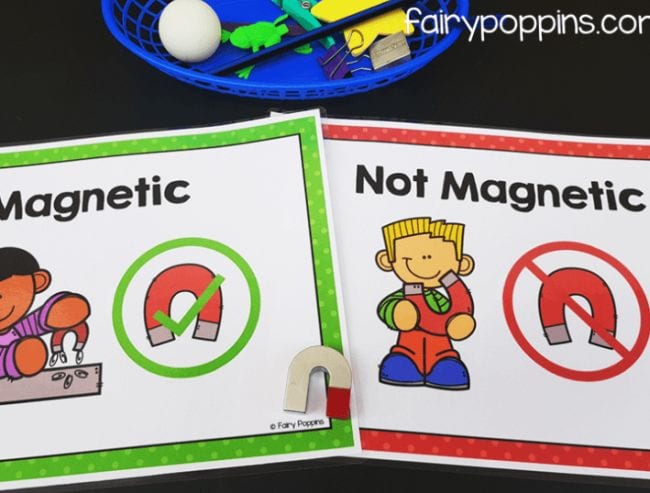
44. Find out which objects magnets attract
Difficulty: Easy / Materials: Medium
Equip students with magnets and send them out to explore and discover which objects the magnet will stick to and which objects it won’t. Record their findings on the free printable worksheet at the link.
Learn more: Magnet Activities
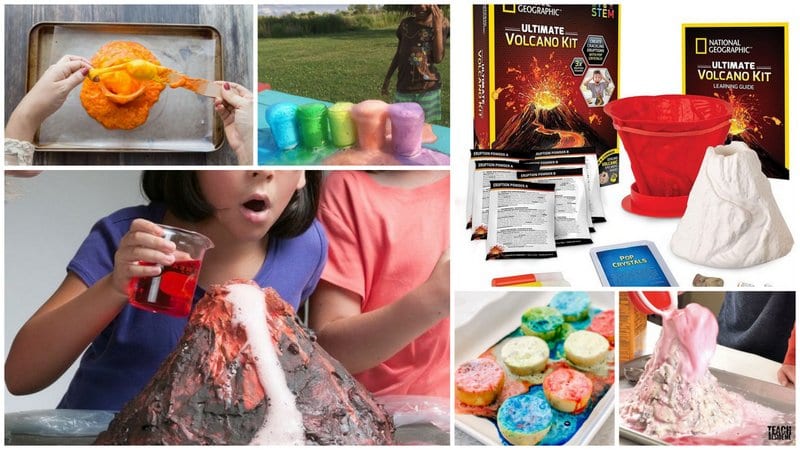
45. Try even more volcano experiments
Difficulty: Moderate / Materials: Medium
Sixteen different ways—from baking soda to papier-mâché to lemon and more—to make a volcano.
Learn more: 16 Volcano Experiments
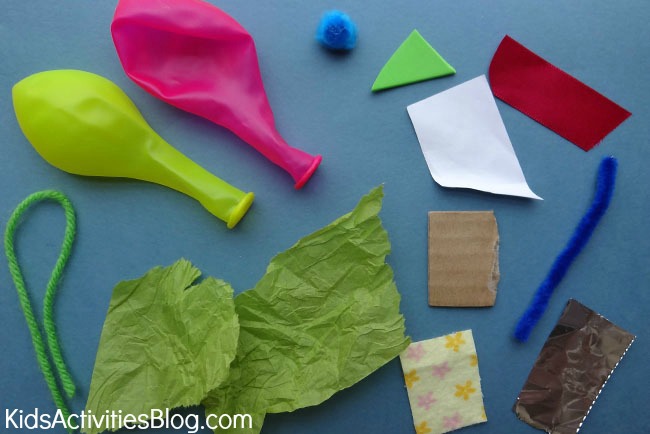
46. Spark excitement with static electricity
Difficulty: Easy / Materials: Basic
No doubt your 1st grade science students have already encountered static electricity by rubbing a balloon on their hair. This experiment takes things a step further, letting kids explore which objects an electrically charged balloon can pick up and which it can’t.
Learn more: Static Electricity Balloons

47. Melt crayons to explore solids and liquids
Difficulty: Easy / Materials: Basic
Dig out some old crayons and use them for this easy experiment that demonstrates the difference between liquids and solids. When you’re done, you’ll have a cool piece of art to display. Discover more uses for broken crayons here.
Learn more: Melting Crayons

48. Learn how sound waves work
Difficulty: Easy / Materials: Basic
This classic experiment will help your 1st grade science class understand that sound travels in waves, through the air, and across other objects. Watching their faces light up when they hear whispers in their cups will make your day!
Learn more: Paper Cup Phone
49. Make art with the sun
Difficulty: Easy / Materials: Basic
A wonderful activity to teach about the power of the sun. Take your students out on a nature walk and collect leaves, flowers, twigs, etc. Then, have students lay out their finds on colored paper. Place them in a safe place (optimally for a few days). Remove the items and see the beautiful prints underneath.
Learn more: Sun Prints at All Science Fair Projects
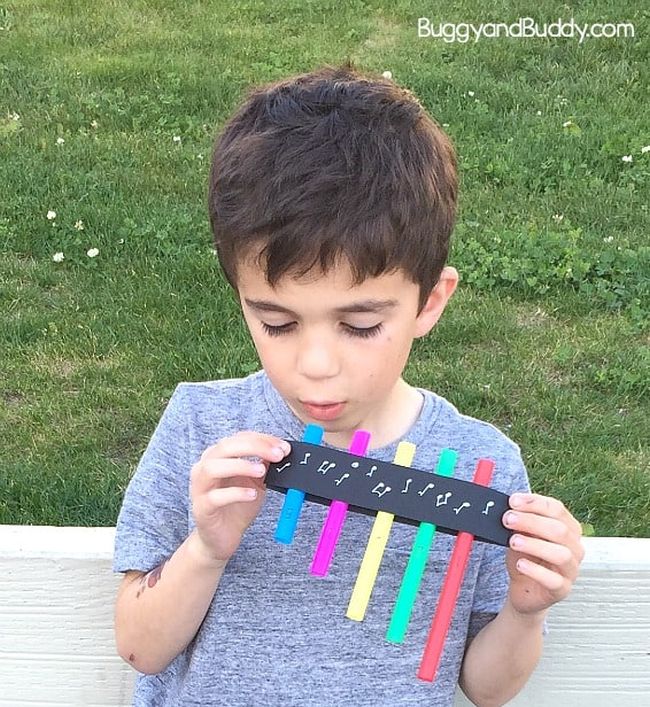
50. Play a DIY pan flute
Difficulty: Easy / Materials: Basic
These homemade flutes are fun to play, but they also help young kids learn about the properties of sound. Let them experiment with straw lengths to see what tones they can make.
Learn more: Homemade Pan Flute
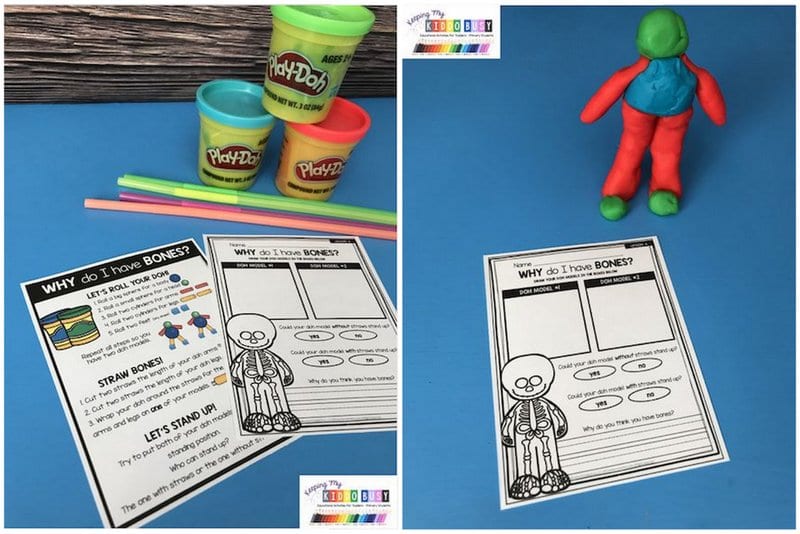
51. Use play dough to learn why we have bones
Difficulty: Easy / Materials: Basic
Ask kids to build a person from Play-Doh and see if it will stand on its own. Then show them how adding drinking straws gives it structure and strength, and explain that bones do the same for us! Get more clever ways to use Play-Doh in the classroom here.
Learn more: Play-Doh Bones

52. Learn why we have night and day
Difficulty: Easy / Materials: Basic
The Earth’s daily rotation gives us days and nights. This simple demo helps kids understand that. They draw a day scene and a night scene on a paper plate, then cover it with half of another plate that can be moved. This is an art project and 1st grade science experiment all rolled into one.
Learn more: Night and Day Play
53. Drop water onto a penny
Difficulty: Easy / Materials: Basic
Continue your exploration of surface tension by adding water drop-by-drop to a penny. The surface tension will allow you to add far more water than you might think.
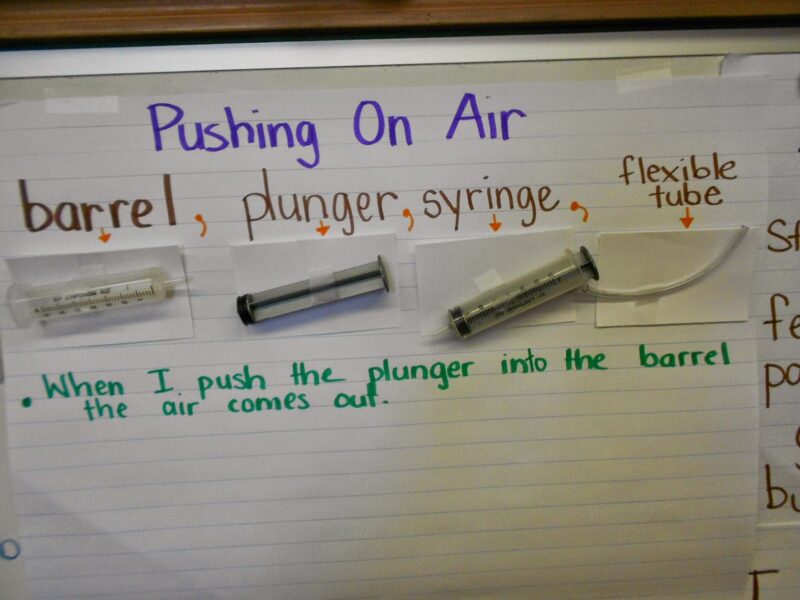
54. Test air pressure
Difficulty: Easy / Materials: Medium
Teach your students about air compression and air pressure using a barrel, plunger, syringe, and flexible tube. Kids will definitely get a kick out of air wrestling and popping off their plungers using air pressure.
Learn more: Air Pressure Experiment
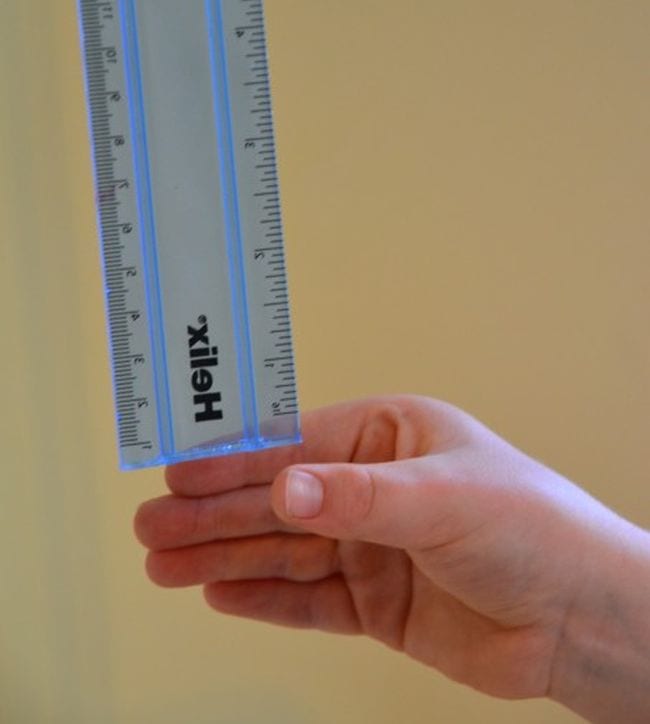
55. Test your reaction time
Difficulty: Easy / Materials: Basic
Do your students have lightning-quick reflexes? Find out with this easy experiment. One student holds a ruler vertically, while another places their hand just beneath and waits. When the first student drops the ruler, the second catches it as quickly as possible, seeing how many inches passed through their fingers first.
Learn more: Reaction Time Experiment
56. Will it sink or swim?
Difficulty: Easy / Materials: Basic
Ask students to predict whether a variety of items will sink or float in water. Then test each object to check their hypotheses.
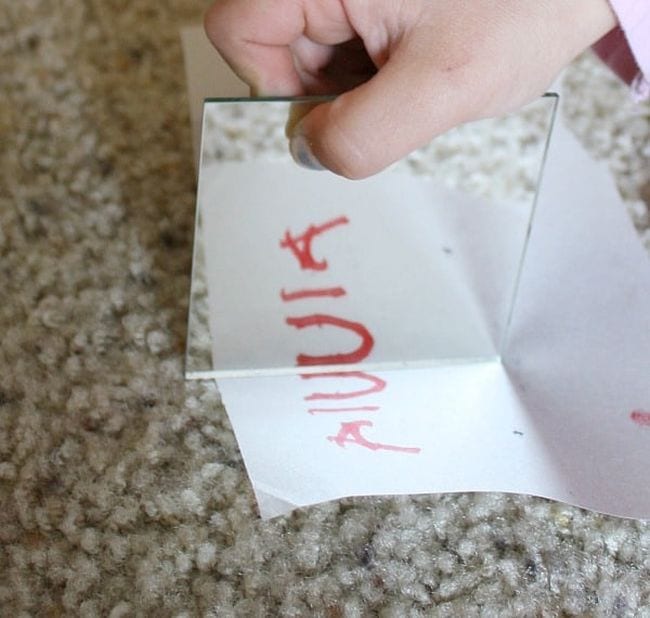
57. Look into mirrors to discover symmetry
Difficulty: Easy / Materials: Basic
By now, 1st grade science students may have noticed that mirrors reflect objects backward. Ask them to write the alphabet in capital letters, then hold it up to the mirror. Which letters are the same when they’re reflected? Use those findings to talk about symmetry.
Learn more: Mirrors and Reflections
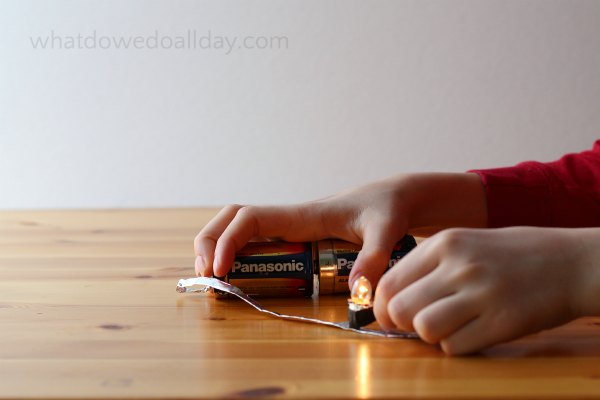
58. Create a super-simple circuit
Difficulty: Easy / Materials: Medium
This is the perfect way to introduce the concept of electricity to young students since the materials and steps are minimal. You will need a D battery, tinfoil, electrical tape, and a light bulb from a flashlight.
Learn more: Super-Simple Circuit
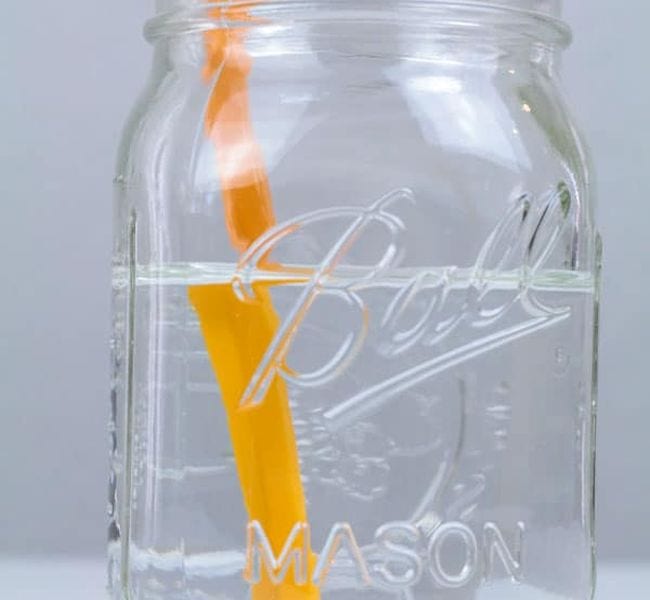
59. “Bend” a pencil using light refraction
Difficulty: Easy / Materials: Basic
Tell your students you’re going to bend a pencil without touching it. Drop it into a glass of water and have them look at it from the side. Light refraction makes it appear to be in two pieces!
Learn more: Bending Pencil Experiment

60. Weigh things with a DIY scale
Difficulty: Easy / Materials: Basic
Make a simple balance scale with a coat hanger, yarn, and some plastic cups. Have students gather items from around the classroom, make predictions about which will be heavier, then test their hypothesis.
Learn more: DIY Balance Scale
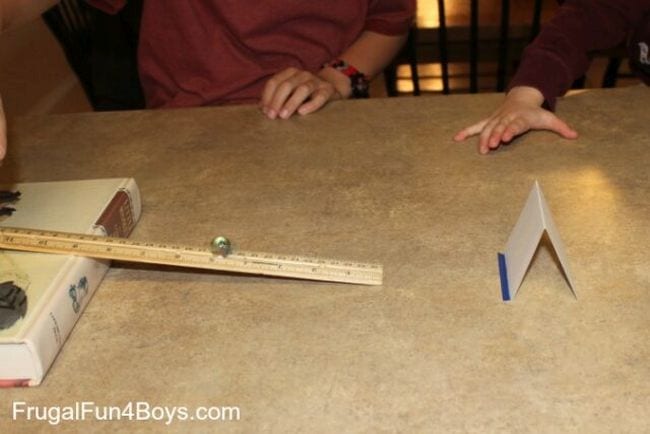
61. Roll marbles to explore momentum
Difficulty: Easy / Materials: Basic
Momentum is “mass in motion,” but what does that really mean? Find out by rolling marbles of different sizes down rulers placed at various slopes.
Learn more: Momentum Experiments
62. Make gigantic bubbles
Difficulty: Easy / Materials: Basic
There is just something mesmerizing about bubbles and their iridescent shimmer. This activity, creating giant bubbles, will give your students a chance to examine them in a big way.
Learn more: How To Make Giant Bubbles
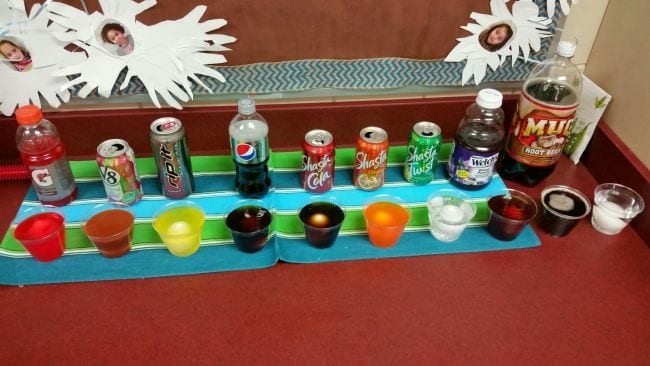
63. Dunk eggs to understand dental health
Difficulty: Easy / Materials: Basic
Grown-ups are always telling kids sugary drinks are bad for their teeth, so try this experiment to put your money where your mouth is! Eggshells are a good substitute for teeth since they’re both made of calcium. Leave eggs in different kinds of beverages to see which ones do the most damage to the shells.
Learn more: Dental Health Egg Experiment

64. Melt ice cubes to make new colors
Difficulty: Easy / Materials: Basic
Color mixing is one of those incredibly cool activities that kids will want to try again and again. Make ice cubes using primary colors, then let them melt together to see what new colors you can create.
Learn more: Color Mixing
65. Learn about aerodynamics
Difficulty: Easy / Materials: Basic
Kid absolutely love creating and flying paper airplanes, so this experiment is sure to be a hit. Have your students create different-style planes and then experiment with thrust and lift to see which fly the farthest, highest, etc.
66. Learn about what scientists do
Difficulty: Easy / Materials: Basic
Scientists have very important jobs and they can specialize in many different kinds of science. Learn the basics with this sweet video.
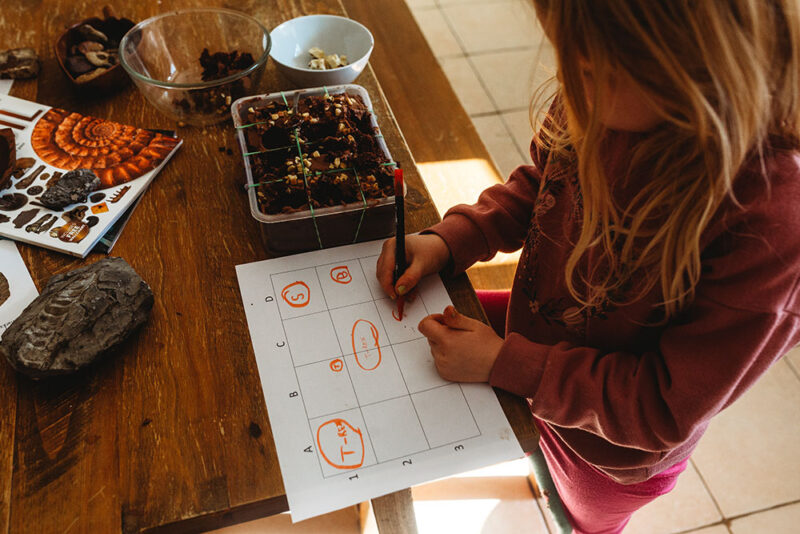
67. Dig for fossils
Difficulty: Easy / Materials: Medium
Create an edible dig site and have a blast with your students as they dig for dinosaurs.
Learn more: Dinosaur Dig
68. Learn how easily germs spread
Difficulty: Easy / Materials: Basic
We love science activities that remind kids of the importance of good handwashing. Help them see why it’s so important with this simple experiment that uses glitter to stand in for germs.
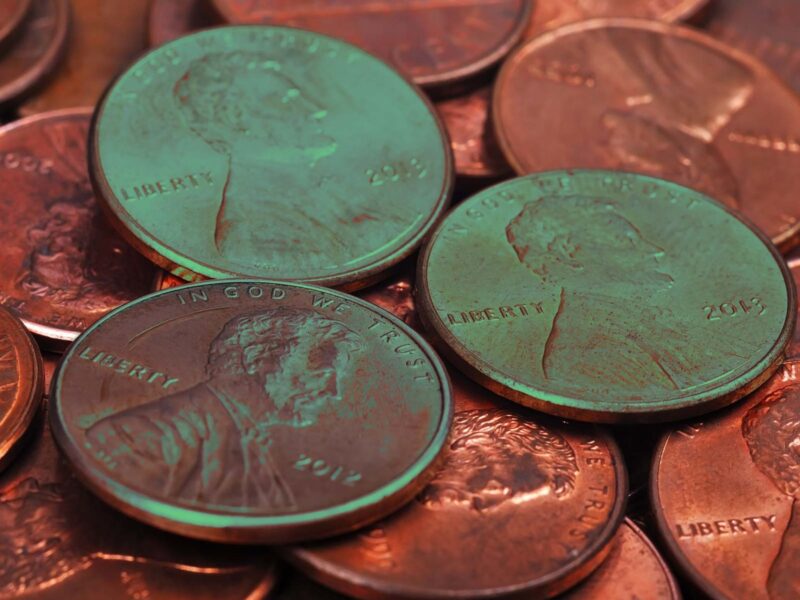
69. Turn pennies green
Difficulty: Easy / Materials: Basic
This awesome experiment leads you through three steps: shining up pennies, turning them green, and turning them dark brown.
Learn more: Turn a Penny Green
70. Balloon baking soda experiment
Difficulty: Easy / Materials: Basic
The baking soda and vinegar balloon experiment demonstrates a chemical reaction between an acid and a base. The baking soda acts as the base and the vinegar as the acid. When the two combine, carbon dioxide (CO2) escapes the container and causes the balloon to blow up.
Learn more: Baking Soda and Vinegar Balloon Experiment
71. Do the Egg Drop Challenge
Difficulty: Easy / Materials: Basic
Watch our how-to video for easy step-by-step instructions on the intricacies of the Egg Drop Challenge! The video includes fun ideas to spice up the Egg Drop Challenge and a few examples of how to craft the best device to hold your egg.
Learn more: Egg Drop Challenge How-To
72. Learn how to make your own bottle rocket
Difficulty: Easy / Materials: Basic
Bottle rockets are a fun and educational activity that can engage students in hands-on learning. By building and launching their own bottle rockets, students learn about the principles of physics, engineering, and aerodynamics.
Learn more: Bottle Rocket Experiment
73. Test out different slime recipes
Difficulty: Easy / Materials: Medium
All kids love to make slime, so why not try out different recipes as a fun science fair project?
Learn more: How To Make Slime (Recipes + Printable Reflection Sheet)
74. Whip up some fluffy slime
Difficulty: Easy / Materials: Medium
What’s better than a slime recipe? A fluffy slime recipe!
75. Sidewalk chalk paint
Difficulty: Easy / Materials: Medium
Sidewalk chalk paint is a fun and easy way to add some color to your outdoor activities. Whether you’re looking to create vibrant designs or just have some creative fun, this simple recipe will let you make your own chalk paint at home.
Learn more: Sidewalk Chalk Paint
76. Demonstrate the “magic” leakproof bag
Difficulty: Easy / Materials: Medium
So simple and so amazing! All you need is a zip-top plastic bag, sharp pencils, and some water to blow your students’ minds. Once they’re suitably impressed, teach them how the “trick” works by explaining the chemistry of polymers.
Learn more: Pencil Through a Bag Experiment (Guide + Printable Reflection Sheet)
Get your free printable science experiment recording sheet!

Just fill out the form on this page to get instant access to your free printable experiment recording sheet.
If you love 1st grade science, be sure to check out these 1st Grade STEM Challenges.
